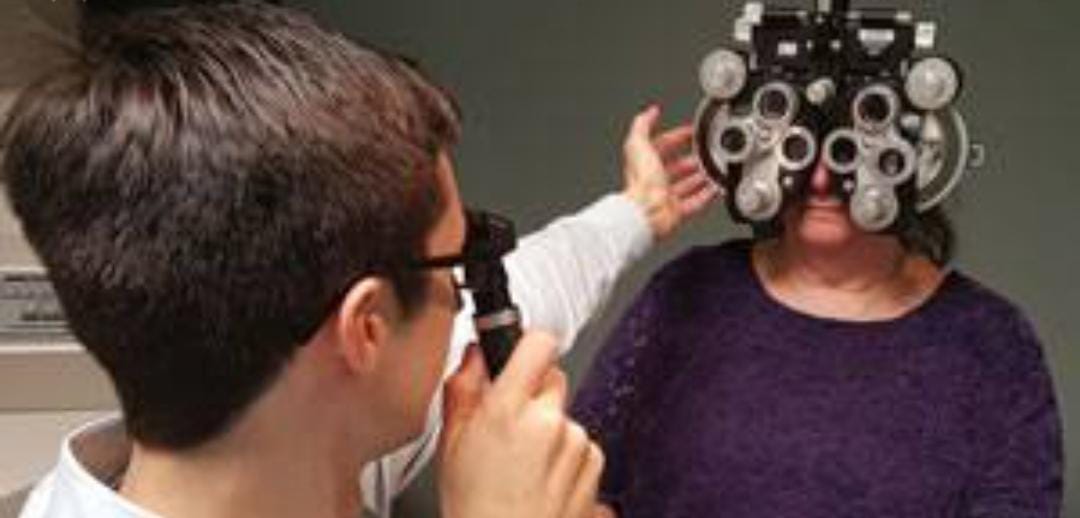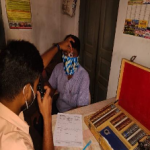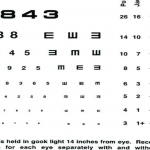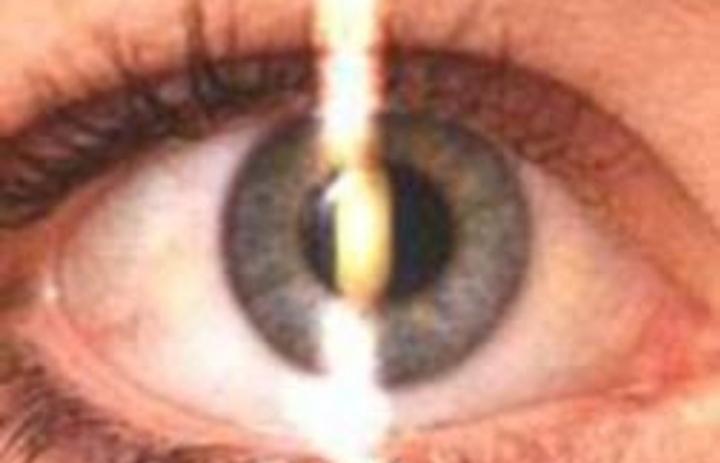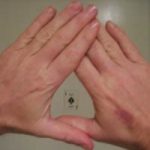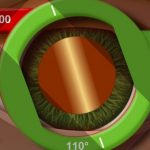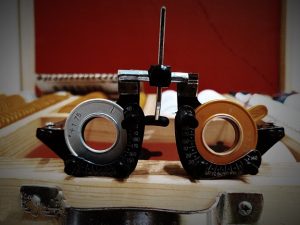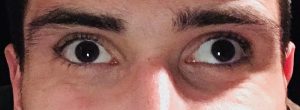There are two methods of evaluating the refractive error of an eye:
- Objective refraction, (usually retinoscopy) where the result depends purely on the examiner’s judgment to determine the optimum optical correction.
- Subjective refraction, where the result depends on the patient’s ability to discern changes in clarity.This process relies on the cooperation of the patient.
Subjective refraction is a technique for determining the combination of lenses that will provide optimally modified visual acuity (BCVA). It is a clinical trial used by orthopedists, ophthalmologists and ophthalmologists.
Subjective refraction is discussed here.
It is the determination of the refractive error by asking and relying on the subject.
Step in Subjective Refraction –
Fogging Technique : Change the spherical correction by adding a +1.0D 1.50 D sphere or higher lens that reduces visual acuity from 6/6 to 6/18 or less. The visual acuity should be at least two lines shorter than the best recorded visual acuity. For example, if the vision is 6/12, the vision of the fogging lens should go down to 6/24.
Duochrome Test : it’s based on the principle of chromatic aberration.
The duochrome test is a test that is usually used to refine the final sphere in refraction. The red-green Duchrome test is based on a monocular end point where each eye is examined separately.
The patient is asked to compare the clarity of the letters on the green and red sides. +0.25 D sphere is added when the letters on the green side are clear and -0.25 D sphere is added when the letters on the red side are clear. With the best correction, the letters in the red and green parts of the chart look equally clear.
Jackson Cross Cylinder :
It’s used to –
Establish if the eyes have astigmatism or not.
Refine the cylindrical power.
Refine the axis of the correcting cylinder.
Jackson Cross Cylinder is a test used to determine the final fine tuning of the axis and the strength of the point of view after diagnosis by retinoscopy, or automatic refractometry.
Worth Four Light Test : The Worth Four Light Test, also known as the Worth Four Dot Test or W4LT, is a clinical test used primarily to determine a patient’s degree of binocular vision and binocular single vision.The Worth Four Light test is also used to detect right or left eye suppression.
Cover Test : The cover test is used to determine if there is a tendency for the eye to deviate from properly coordinated behavior. If a deviation is detected, the cover test will show whether it is a tropia / strabismus and phoria that means it is a latent deviation of the eye.
There are two types of cover test.
1.Alternate cover test /Alternating cover test
2.Unilateral /Cover-uncover test
The prism dissociation test : The Prism Dissociation test is effective in measuring visual acuity of the eye, including one-sided visual acuity, be it severe or mild degree. A small vertical prism is used to induce diplopia of a 20/20 .
Binocular Balancing : The next important step in subjective refraction is binocular balancing.The unequal demand of accommo dation in two eyes can lead to eyestrain. Binocular balancing techniques are employed to balance the accommodation between the two eyes.Binocular equalization should be done after the optimally modified lens is verified individually.
The balancing is actually done by adjusting the spherical correction only.
Near subjective Refraction : Near refraction refers to the measurement of the refractive condition when the patient is fixed for near. This test should be performed monocularly. As we grow older , the lens loses the ability to focus at close distances. It’s starting at age 40, near vision will gradually deteriorate, but distance vision will not be affected. Near vision is correct by wearing corrective glasses or contact lenses.
Summary of subjective refraction :
*Determining the best vision sphere
*Testing astigmatism
*Binocular balancing
*Near correction
*Binocular vision status
*Frame and face measurements
